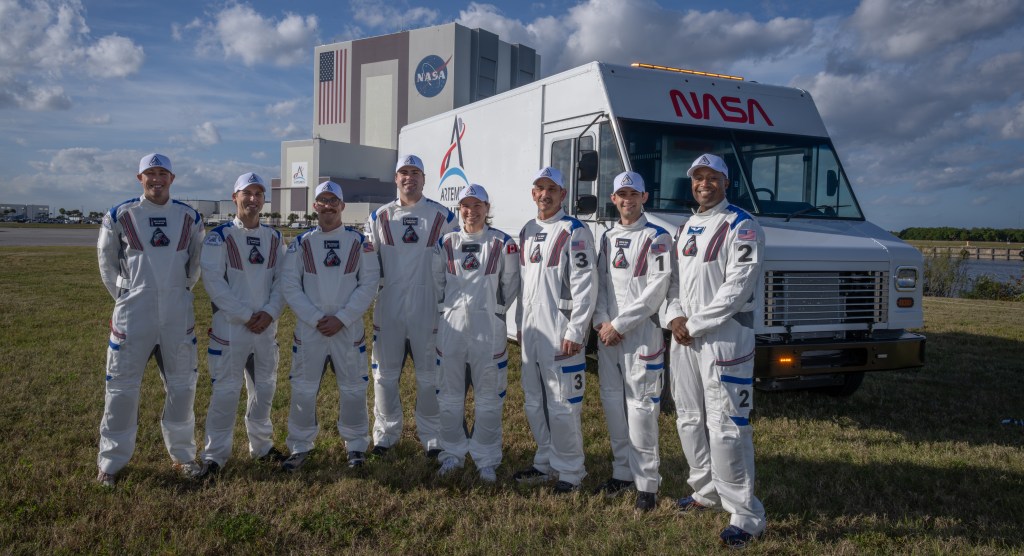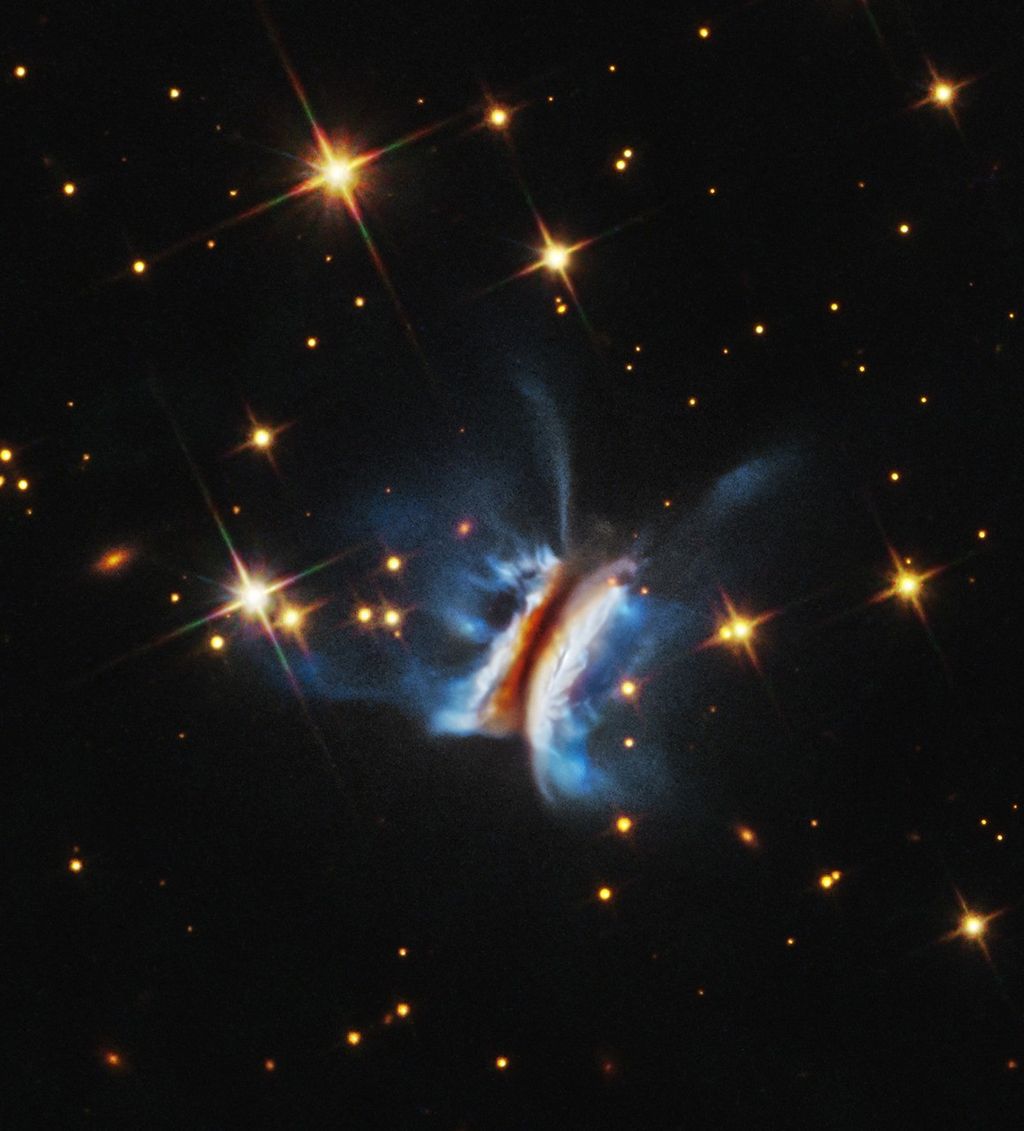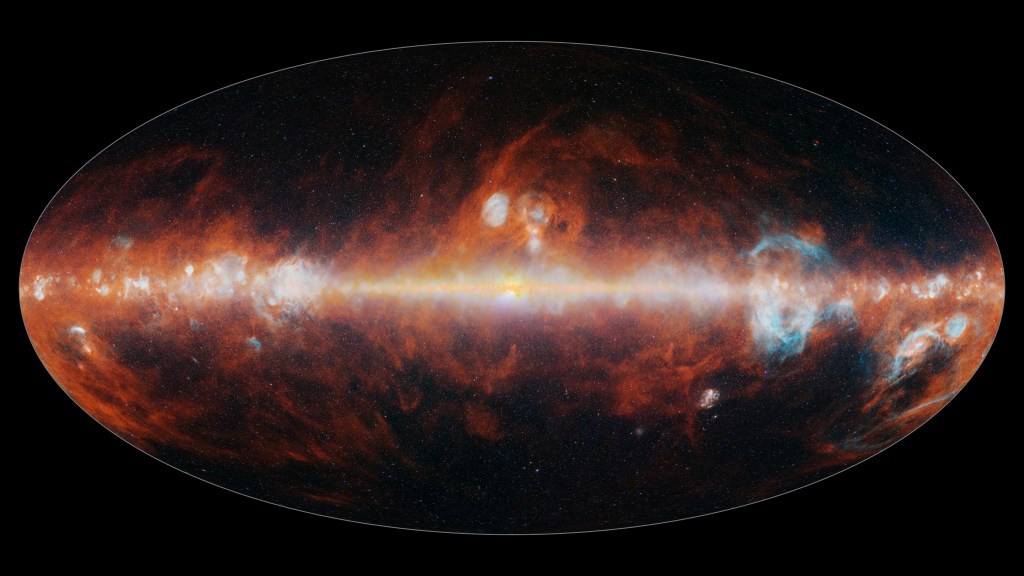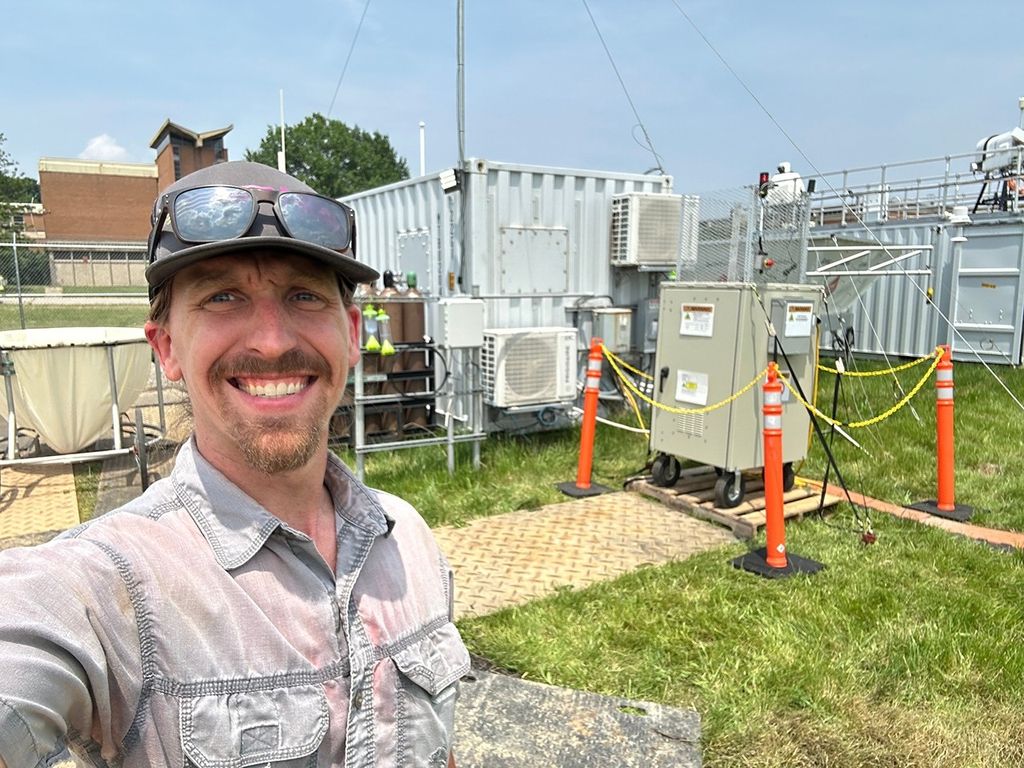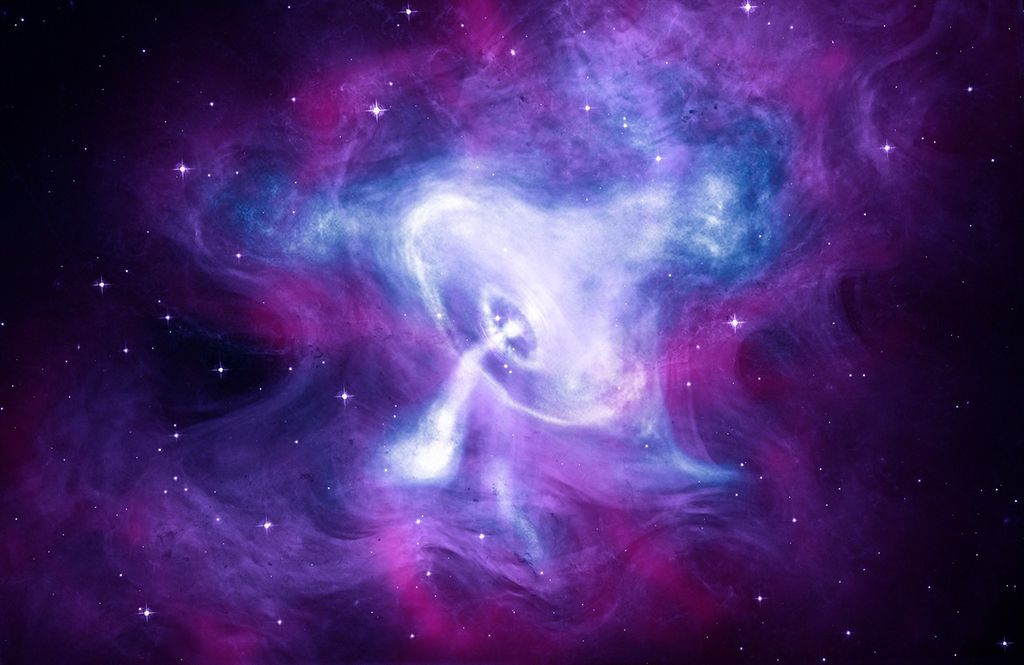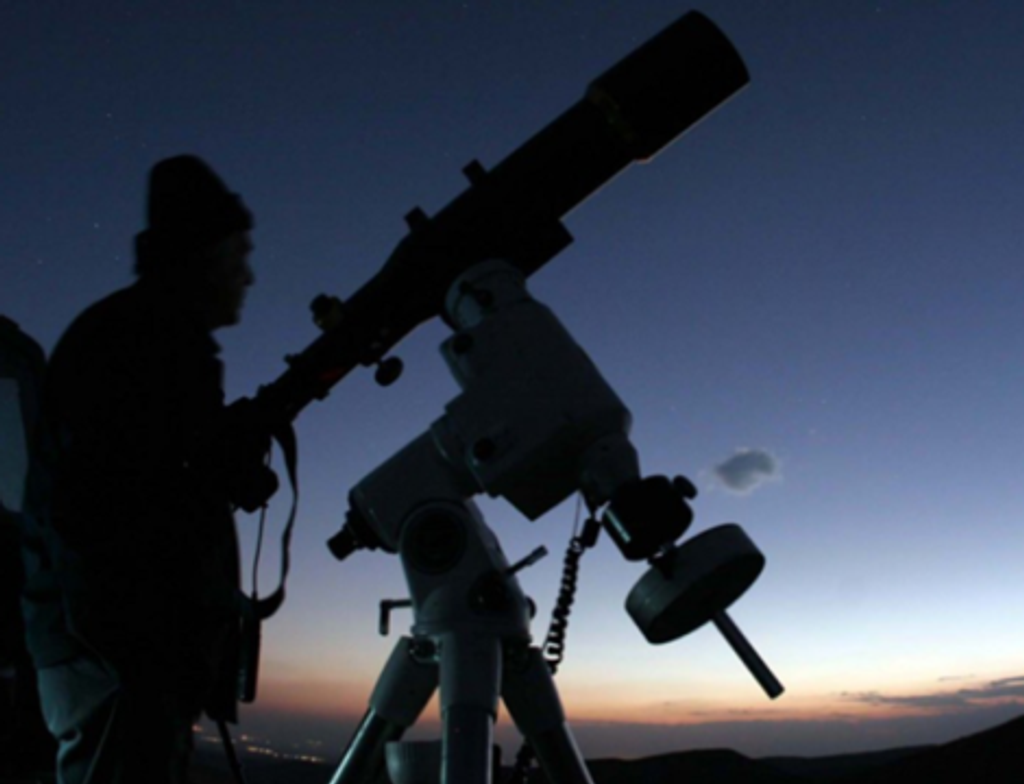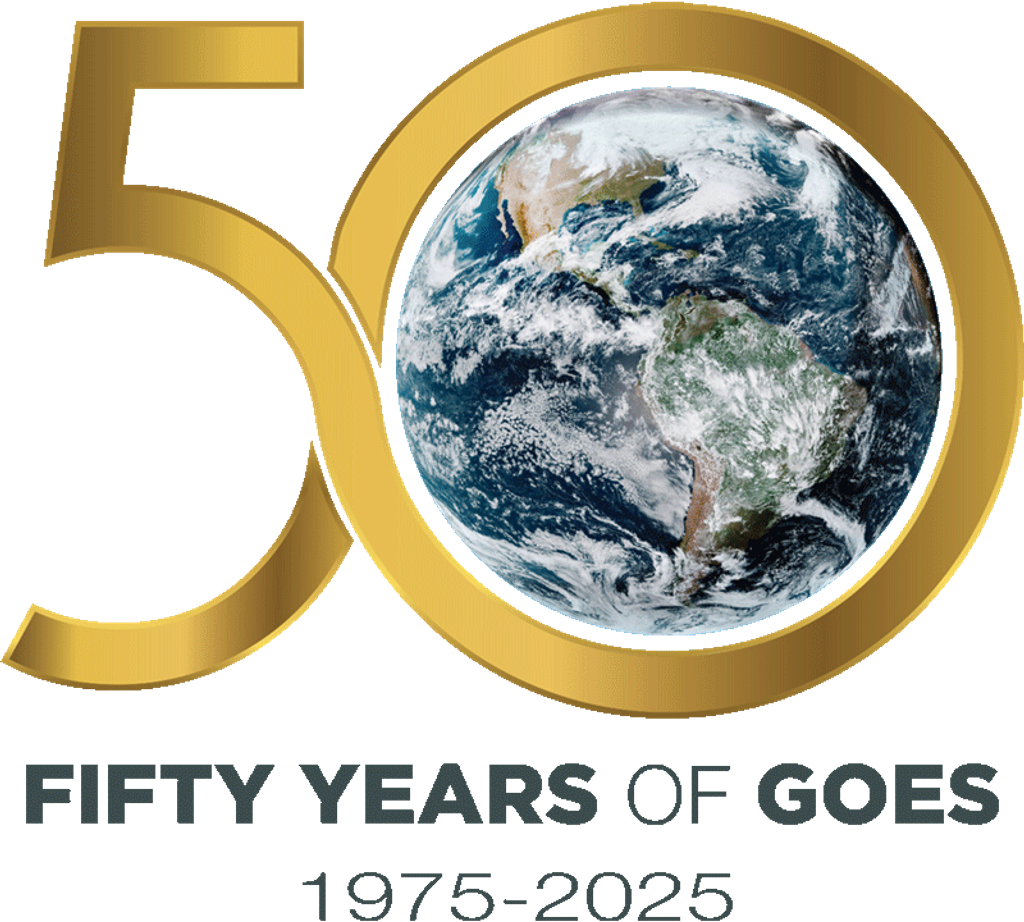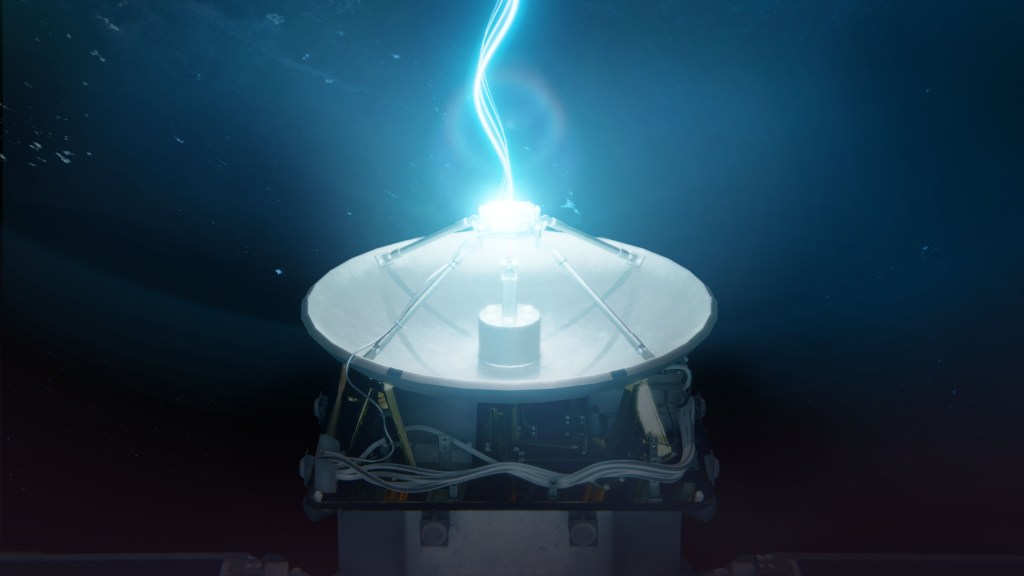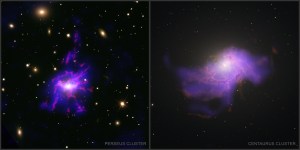
Black Holes Can Cook for Themselves, Chandra Study Shows
Astronomers have taken a crucial step in showing that the most massive black holes in the universe can create their own meals. Using X-ray data from Chandra and optical light data, this study, based on observations of seven galaxy clusters in total, provides new evidence that outbursts from black holes can cool down gas to feed themselves. Massive galaxies at the centers of the clusters contain huge black holes that power outbursts in the form of jets, driven by the black holes feasting on gas. These images show the X-ray and optical data of the Perseus and Centaurus clusters from the survey.
Image Credit: Perseus Cluster: X-ray: NASA/CXC/SAO/V. Olivares et al.; Optical/IR: DSS; H-alpha: CFHT/SITELLE; Centaurus Cluster: X-ray: NASA/CXC/SAO/V. Olivaresi et al.; Optical/IR: NASA/ESA/STScI; H-alpha: ESO/VLT/MUSE; Image Processing: NASA/CXC/SAO/N. Wolk
- X
https://www.nasa.gov/image-detail/filaments/
Image CreditPerseus Cluster: X-ray: NASA/CXC/SAO/V. Olivares et al.; Optical/IR: DSS; H-alpha: CFHT/SITELLE; Centaurus Cluster: X-ray: NASA/CXC/SAO/V. Olivaresi et al.; Optical/IR: NASA/ESA/STScI; H-alpha: ESO/VLT/MUSE; Image Processing: NASA/CXC/SAO/N. Wolk
Size7280x3658px


